The Rugged History of the Pickup Truck
At first, it was all about hauling things we needed. Then the vehicle itself became the thing we wanted
/https://tf-cmsv2-smithsonianmag-media.s3.amazonaws.com/filer/62/28/622810b8-77ef-4a27-aa95-749b8e684474/sep2021_d08_prologue.jpg)
By sales and acclamation, history and mythology, the pickup truck is the most popular vehicle in America and has been for decades. We’re told electric pickups will be the next big thing: The Tesla Cybertruck, the Ford F-150 Lightning and the GMC Hummer EV are online and on their way. But recall that GMC offered a full line of electric trucks—“operated by Edison current”—in 1913. These were designed by John M. Lansden, who had run an electric car company in Newark, New Jersey, as early as 1904. Bought out by Edison himself in 1908, Lansden made electric ambulances and taxicabs, buses and brewery wagons. The company stumbled financially and Lansden left to run electric truck development for GMC. By 1911, there were eight models of heavy-duty commercial electric trucks available under GMC’s “Rapid” nameplate.
The first truck ever powered by internal combustion was designed and built in 1896 by Gottlieb Daimler of Germany. It looked like a rear-engine hay wagon. The first American pickup trucks were homemade and came on the scene at almost the same moment as the car. Farmers built cargo boxes onto the rear end of their automobiles, especially after Henry Ford’s Model T arrived in 1908. A few planks of oak or hickory and some angle irons from the local blacksmith was all it took.
By the end of World War I, demand for light trucks was soaring. Ransom E. Olds was building his REO Speedwagon, and Ford had launched a line of factory-made Model TT trucks. In 1918, Chevrolet started building factory pickups, and suddenly the light truck sales race was on. A federal report issued six years later showed a sharp decline in the number of farm horses, and their individual cash value. Horse power now officially came from Detroit.
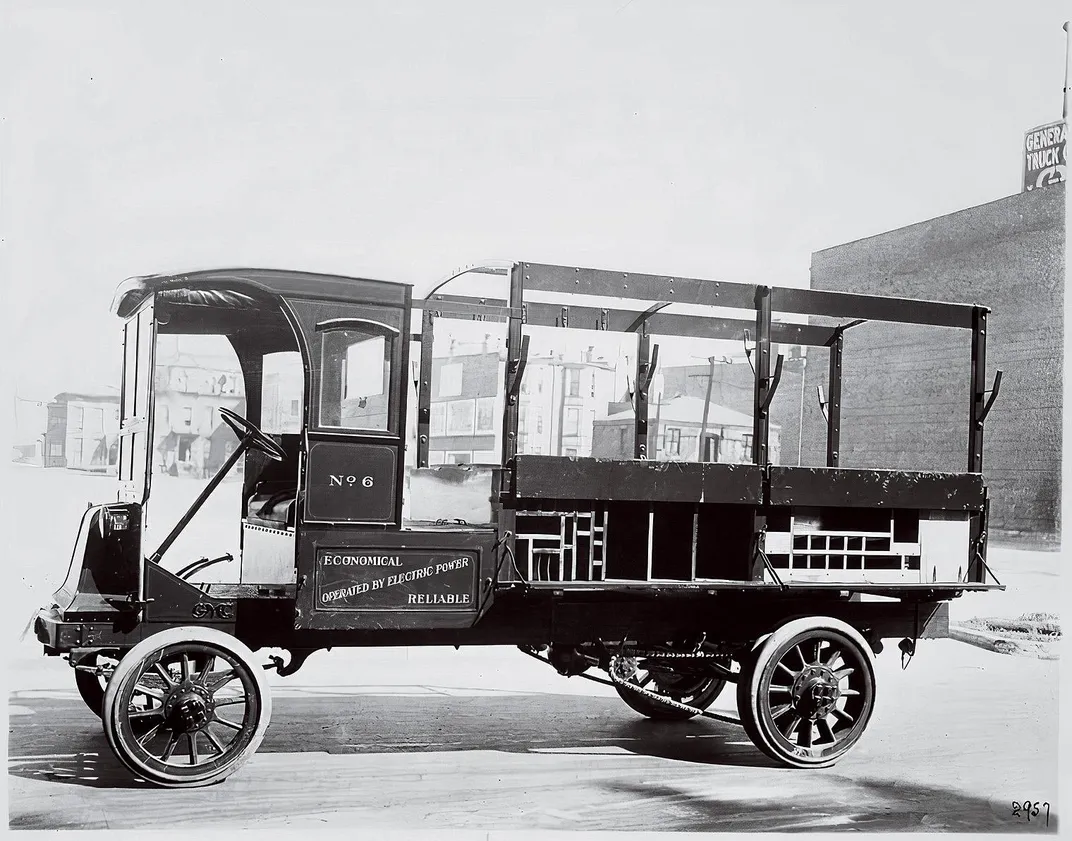
For decades, a pickup was as simple as a shoe. Four wheels, an engine and a frame with a place to sit and a box to carry things. As humble as the folks who drove it. In John Steinbeck’s Grapes of Wrath, the Joads rode west out of the Dust Bowl looking for work in a homemade pickup truck, a cut-down 1926 Hudson Super Six sedan. “The house was dead, and the fields were dead; but this truck was the active thing, the living principle,” Steinbeck wrote. “The ancient Hudson, with bent and scarred radiator screen, with grease in dusty globules at the worn edges of every moving part, with hub caps gone and caps of red dust in their places—this was the new hearth, the living center of the family; half passenger car and half truck, high-sided and clumsy.”
After World War II, with the arrival of prosperity and television and television advertising, the pickup became a vehicle for self-expression, an act of imagination owing as much to John Ford as to Henry Ford. The mythology of the West became the defining signifier of network TV schedules, from “Wagon Train” to “Gunsmoke” to “Bonanza,” and truck advertising was cowboys and big hats and big payloads, leather seating surfaces and rawboned ranch hands, Monument Valley and available power windows.
Then the idea of the truck overtook the truck itself. Tow the camper, the boat, the trailer; carry the sheetrock and the prize bull; the turnips and the fly rods and the paneling and the lumber and the plumbing, sure, but the truck was really a mirror in which we saw ourselves. Look out for that one-ton load of cinderblocks! Truck commercials reached a postmodern perfection of self-reference when a Ford carried a Chevy up a mountain.
Not all model lines would survive. The Luv and the Raider are gone, and the Rapid and the Reliance of a hundred years ago, too; the Honcho and the DeSoto, the Kaiser and the Fargo and the Travelette all gone with them. Even the Studebaker Champ, the most beautiful pickup truck ever made, is left to us only as a glorious 1960s museum piece.
Somehow “luxury trucks” came and went this century, the LT and the EXT unloved oxymorons, victims of cognitive dissonance. The letters and numbers kept climbing—the Cs, the Ds, the Fs, the 250s and the 2500s and 3500s, world without end, blurring into an alphabet of GT-Rs and R/Ts and SRTs, TRDs and SVTs and SSRs—until trucks got so tough the names became a warning, a threat: Ram. Raptor. Gladiator. Rampage!
More than three million pickup trucks were sold in the United States last year. Farm trucks, ranch trucks, city trucks, country trucks. Trucks put to every purpose—or no purpose at all: hot rod trucks and monster trucks, stadium racers and salt flats streamliners. Lately it seems they’re sold into spotless suburban driveways and carry nothing heavier in the cargo bed than a yoga mat.
The pickup truck is the rolling avatar of our national work ethic: forever ranching, forever farming, forever building the next America, the work as constant as the weather. And in the pickup truck this country has stored its vast surplus of yippee-ki-yay since the late 1940s. Even empty, the pickup is filled with meaning, and in its skyrocketing expense and elaboration it embodies the tension between our humble pioneer ideals and our end-of-innocence decadence, our modesty and our vanity.
Somewhere right now—at dawn or noon or midnight, in Cottonwood Falls or Flint or Long Beach—someone just turned the key in a rust-red ’77 straight-6 with a rolled odometer, four mismatched tires, and a horse blanket seat cover. Time to go to work.
Chrome Jewels
Boastful or beautiful (or both), hood ornaments adorned early pickups—and then were dropped as unsafe
By Teddy Brokaw
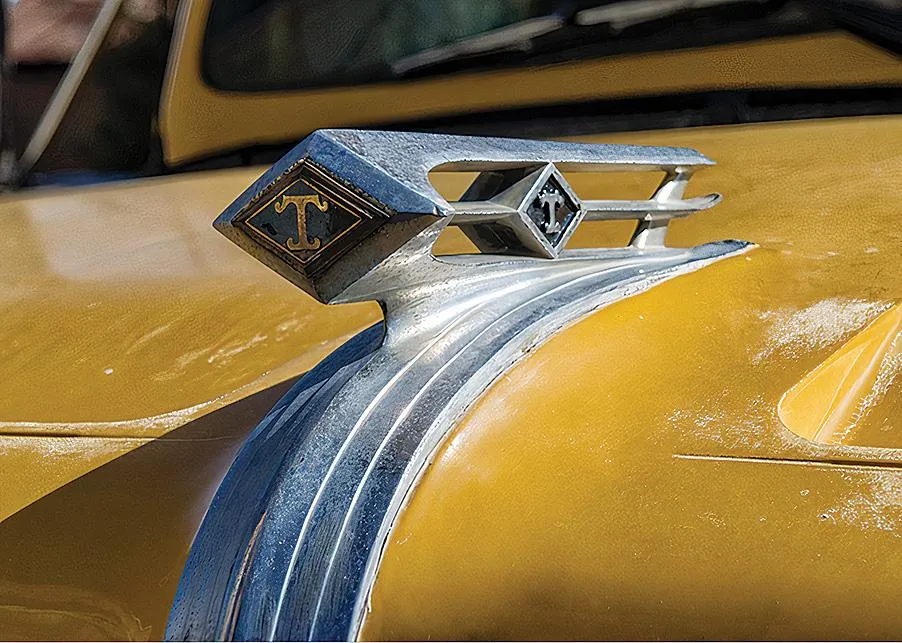
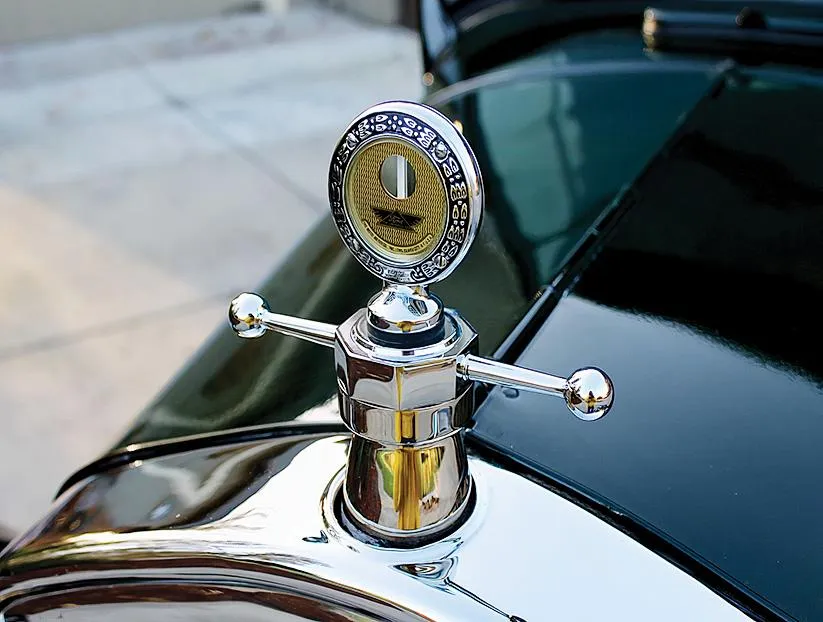
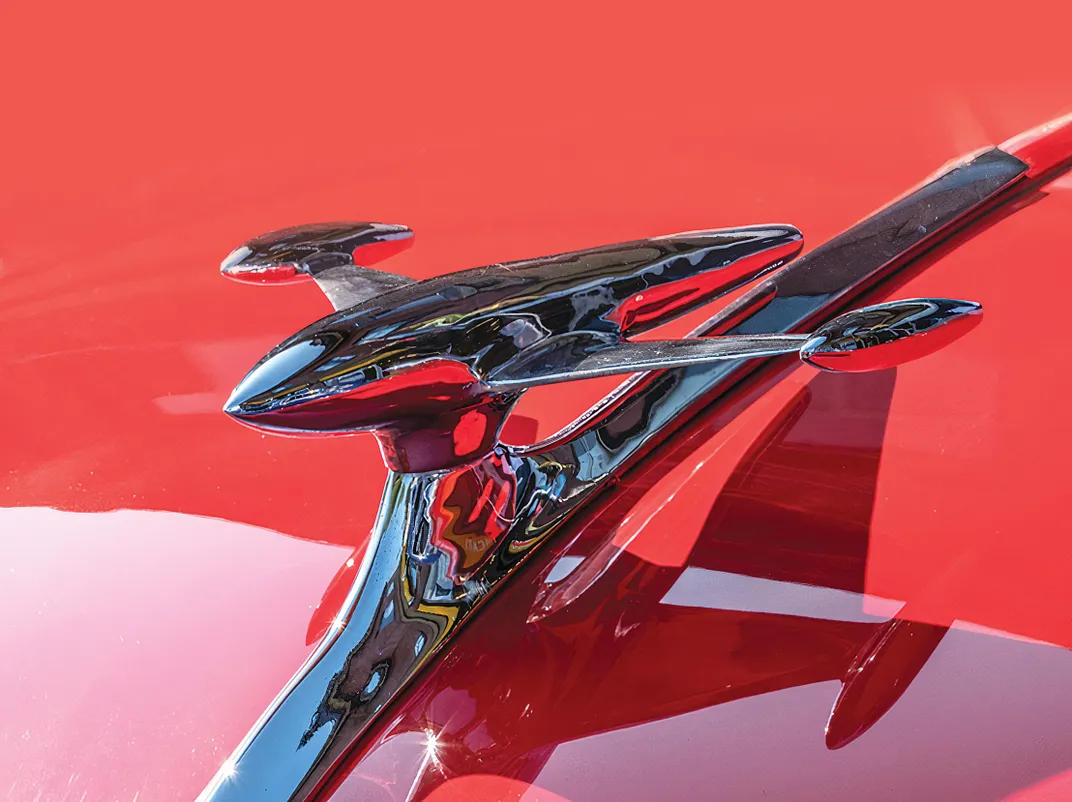
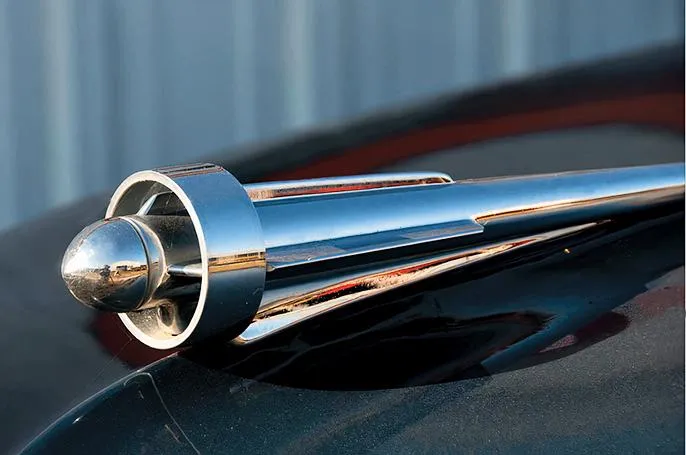
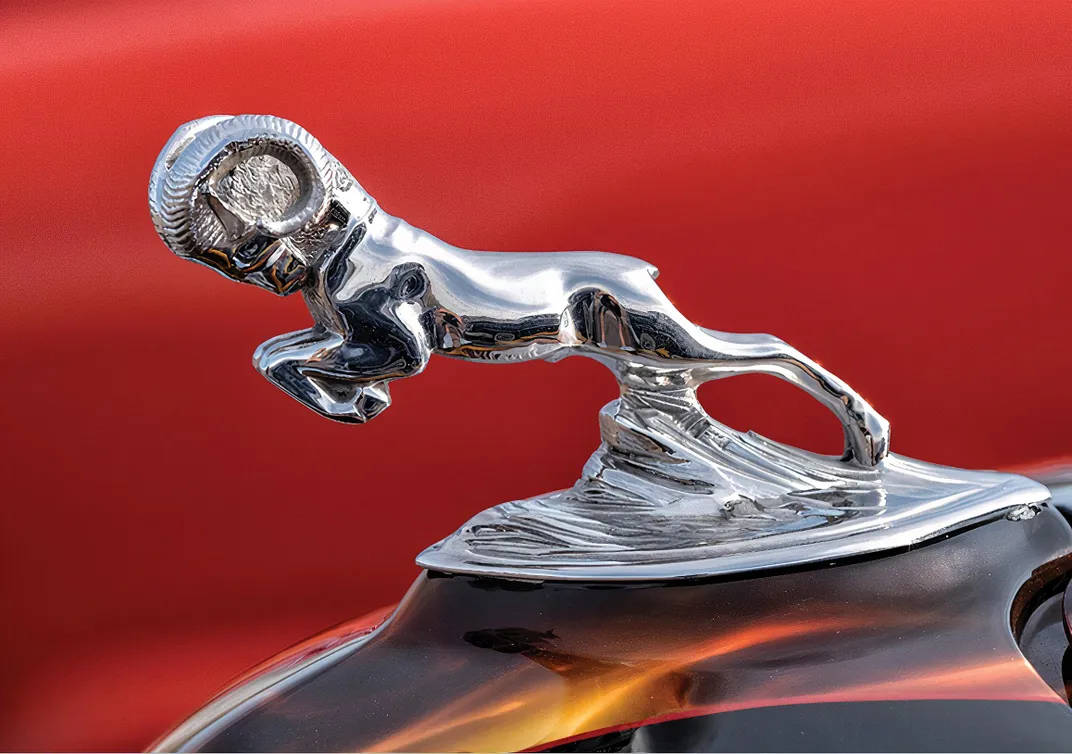
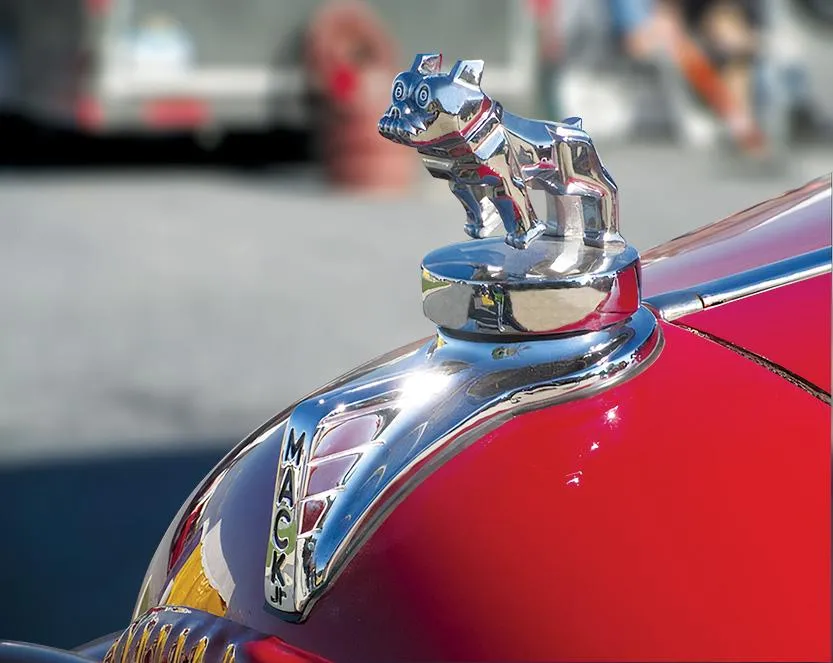
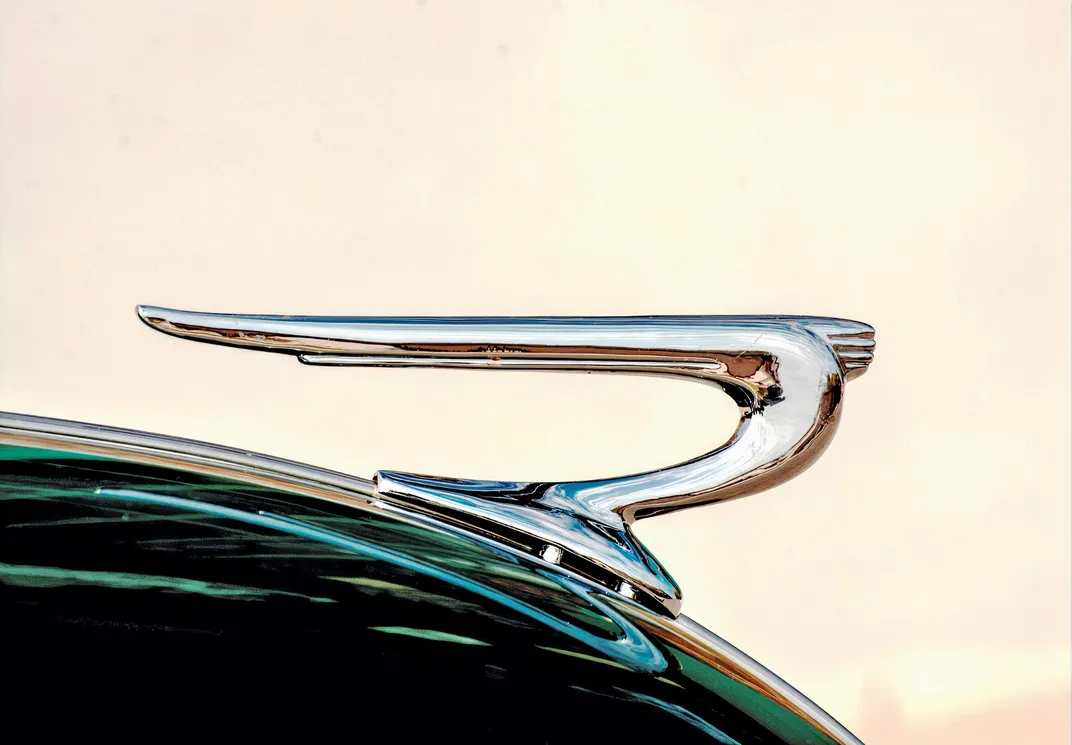

/https://tf-cmsv2-smithsonianmag-media.s3.amazonaws.com/accounts/headshot/Jeff_MacGregor2_thumbnail.png)